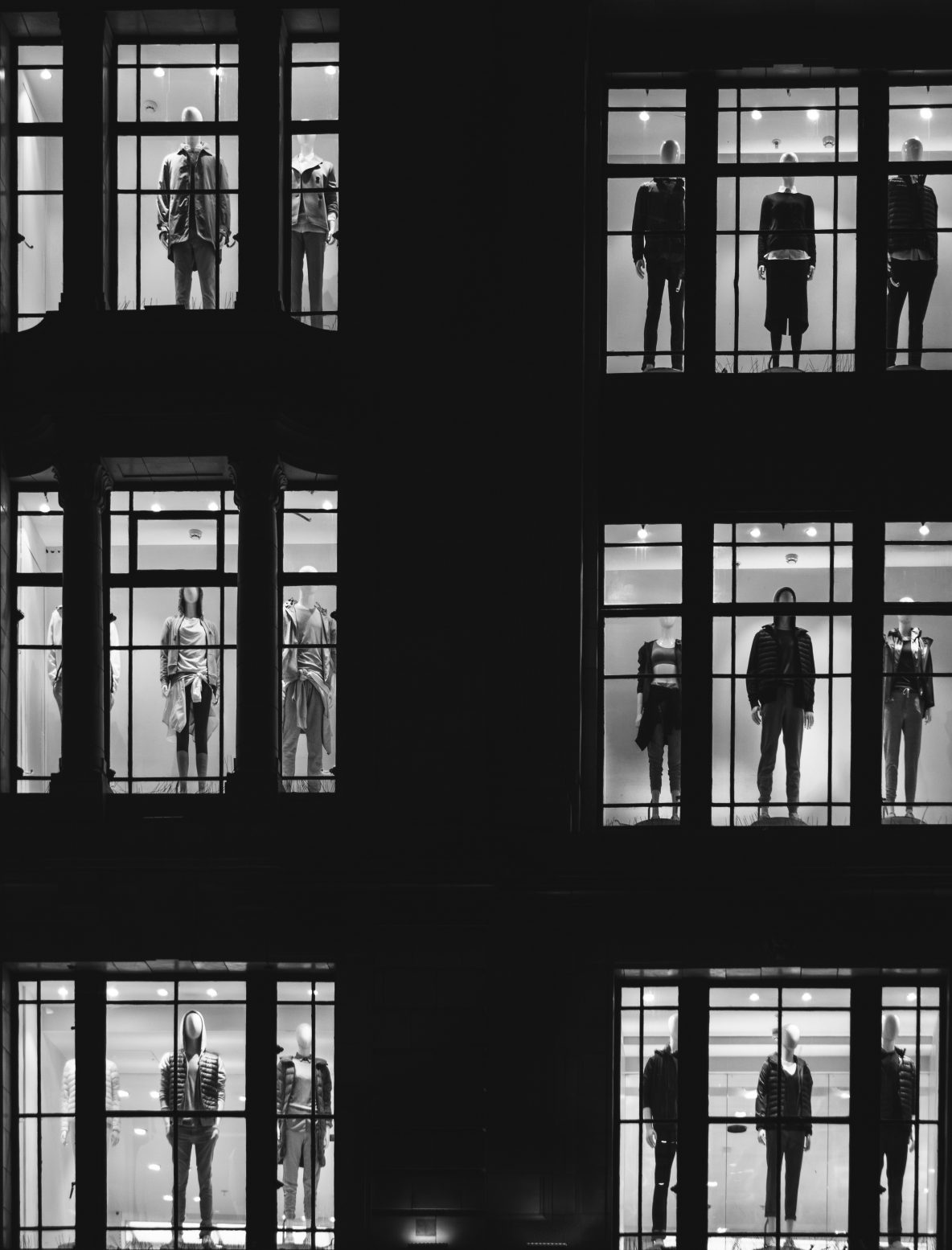I presented earlier in the year at Pure London trade show, this was a fantastic experience as it is always great meeting brands and retailers face to face. Based on my presentation I have written a guide about researching your customer and why it is important for brands and retailers. Its a little longer than usual as I’ve included some case studies to help support the guide.
Its important to know who your customer is to maximise profitability and reduce the risk of poor sales or worst-case scenario your business failing. By knowing who your customer is you can potentise the chance of success and create a strong customer base that can provide longevity for your business. As a designer or business owner you would have a creative vision in mind however you must ensure that there is a demand for your business and you are approaching your customer in the right way.
After 16 years of co-operate buying I have adapted key techniques that are widely used in the industry and applied them to my new start up fashion clients. All the techniques can be applied to both brands and retailers.
I have outlined key steps which break down in too easy to manage processes which will help you to continually research and plan your business.
There are 5 key Approaches that you can take away and even apply straight away to your business!
- Research– demographic psychographics, competition, sales history, aspirational
- Plan– how, why, and when to reach out to your customers.
- Engage– keeping talking to the customers, get them involved!
- Evolving– keep your customer excited!
- Brand Consistency– Let your customer know who you are always.
RESEARCH
As a Buyer your job is a sum of processes that all come together with the end goal of achieving sales and profit.
Research is by far one of the most important parts of the process it really forms the back bone of all the other processes. I can’t stress enough how important research is to your business.
In the buying industry we are often told that your ‘your success as a buyer is purely based on your last season’s sales’ this can be applied to all areas of retail because at the end of the day you need to achieve a profit to survive.
For me I love product it’s the highlight of my job and seeing new trends and samples coming in is always exciting. The same applies when I go shopping for myself, the buzz and excitement of walking into Selfridges or Topshop and seeing a sea fabulous new product and displays and more than likely purchasing a few news pieces.
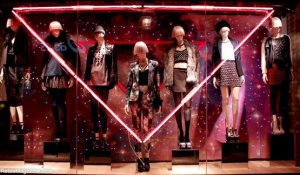
Topshop Window
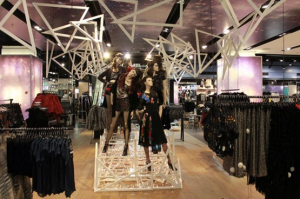
Topshop in store display
This excitement doesn’t come from nothing, as a buyer or retailer you might love product but there are many other factors to consider for you to build up a customer base and keep them coming back. Yes, you can buy styles because they look fantastic, but that that could just be your opinion.
Tools for research it’s a combination of processes based on data and design. Also starting from the bigger picture and then drilling down into detail. The key areas of research are
- Mood boards
- Target customer
- Competition shopping
- Aspirational shopping
- Figures
- Look and Listen
As you research your brand, retail shop or website will evolve and develop, and this will continue as to evolve over the years, but I can’t stress how important it is to keep researching and knowing what your customer wants, as this will also change as fashion evolves.
What do I research and why?
- Support for your decisions
- Not relying on your personal tastes
- Matching your vison with reality
MOOD BOARDS
This will form the bases for your brand, your creative vision. Considering customer profile and the look at feel you want to create for your customer. This again will evolve as you research progresses. Often this process is over thought but the key to success is to keep pulling images together and constantly edit them until you have what you want.
Here I have an example of a client of mine Luna Amani, Luna had created a collection but went back to the drawing board when looking at her profile for her brand and the tone she wanted to set. This in fact strengthened her vision for her next collection and the styles developed were more in line with her vision.
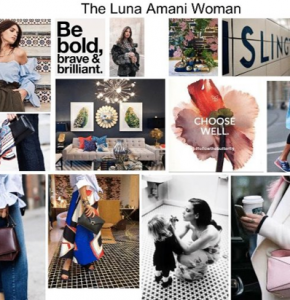
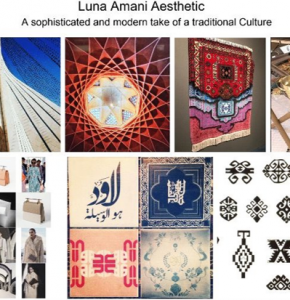
TARGET CUSTOMER
Wouldn’t it be wonderful if we got it right every time and you managed to match your customer perfectly to the product? Unfortunately, this isn’t reality.
There are 2 methods of researching who your customer is.
- Demographics- age, income, gender, education. This is more of a traditional method of research and while it is something to consider it is only part of the process. We used to map out each brand with an exact customer in mind for example for one of the brands the customer was called Kate, she drove a land rover, was 32 years old vet. Yes, it is good to have a person in mind, but this can be quite limiting.
- Psychographics is about lifestyle, interest, and opinions. While you can have a target age group and price range in mind, retail has evolved there is most certainly more of an emphasis on lifestyle.
CASE STUDY
We developed a collection of swimwear based around the 50’s silhouette for a perhaps curvy younger customer, it was cute and youthful. A collogue of mine who fit the profile of the brand took one of the bikinis on holiday reported back that another lady had the same bikini and she was in her 70’s. This is just a point to high light that yes you can have a vision in mind, but your customer is buying into lifestyle.
You don’t want to alienate a customer who doesn’t fit your demographic profile but embrace the customer who aspires to your brand.
COMPETITION SHOPPING
Competition shopping is a task that a buying team would work on constantly. It something that is always presented at the beginning of a meeting and researched once a week.
Consumers don’t always buy into one brand, they shop around to find what they like. To know what your potential customer likes and how to attract them to your business, you need to find out what other ‘likes’ they have and what do they want to buy.
Knowledge is power and by being aware of the industry you can really help to develop your business. Key observations to make while competition shopping:
- Window displays
- Store layout- what products/ collections are in a prominent position.
- Brands avaible
- Styles/ colours avaible/ sizing
- Pricing and promotional offers
ASPIRATIONAL SHOPPING
It is important to look at direct competition, however it is worth looking at the ‘wow’ shops, looking at aspiring stores like Liberty’s and Selfridges, not because you want to be them but because they lead the way for new ideas. Just as the catwalks and high-end designers pave the way for high street fashion.
You might find a window display that inspires a display for store, or a new colourway that is prominent in Selfridges might make you consider it for your next buy. This isn’t about copying but about inspiring your business.
I was lucky enough to travel to LA and Miami to almost immerse myself into the swimwear world this was fantastic for looking at ways of bringing newness to our customer, but it was always important to be mindful of knowing your customer.
FIGURES
Pre-sales you can look at industry reports such as Mintel. These can be found at larger libraries such as the British Library. You can also research online. By looking at quantitative research you can build up back ground information to the industry that you are entering or have entered. By looking at the larger scale of the market for example womenswear in the industry and then drilling down to luxury dresses you can get a gage on the sector you are looking at, for example is it a growth area, has there been a decline? You can also look at market share information to see who is doing well, this can then in turn can be something to competition or aspirational shop.
At the beginning it is a learning process that you can’t always quantify what you’re buying but as you achieve sales you can learn from figures as well. When launching your first store or brand you should have enough choice for your customer in terms of shapes and colour, this would be based on research and allow you to gain learnings from offering a choice of product.
Once you have sales you can then understood what they might like then you have sales you can learn from your figures, for instance, dresses sold out, so you know that this must be a large part of your mix for next season and perhaps you need to reduce the trouser mix? But this will also be influenced and flex with trend.
CASE STUDY
I was working with a high-profile designer for a new sunglasses collection, all very exciting however he wanted to have statement oversized styles and that was it. Looking at my sales history our best sellers where more of a standard size frame that slightly wrapped the face, not at all ‘on trend’ but it was what some of our customers wanted and the sales proved it, we came to an agreement that I could run 2 styles of my best seller. When sales came through at the profits spoke for themselves the next collections mix was very different of course trend played a part but sometimes trend is a gradual process or for some brands more so.
LOOK AND LISTEN
Observing your customer- I used to make sure I walked around or even worked the shop floor and spoke to the customers. I observed what they were looking at and how they shopped, this is also something you can do when competition shopping. If you are an online business, reach out to consumers via social media connect with them and observe what they like.
Focus groups- again it’s about speaking to people and not making assumptions. Through- out my career I have organised various focus group one session in particular stood out which highlights the importance of not making assumptions.
CASE STUDY
We arranged a fuller bust focus group, assuming that all fuller bust ladies wanted support and be covered up, particularly the older lady, this was not the case at all. It all came down to mind set, some ladies felt they were on holiday and wanted to get the best tan! Others did want support but not the extent we expected. This in turn altered the shaping of the collection, we offered less covering styles as well as more fashion forward prints and colours, we kept some more supportive styles, but this was no longer the main focus.
PLANNING
Is based around your learnings from research and sales history. There are key external factors such as seasonality, the economy, trend, and key events .However, these factors will play a part in how you plan.
I always find a calendar of some sort useful, I called mine a ‘calendar of events’. This will include dates of key events for example valentine’s day, school holidays, Christmas. Any periods of time where sales could profit, you could then plan in new visual displays red lingerie? New windows? And crucially have enough relevant stock.
These events should tie into the needs of your customer and be relevant to their lifestyle.
ENGAGING
When researching you will start to know your customer, you will see how competition reaches out to customers and by researching aspirational brands you will find new ways of doing so.
As previously discussed brands and retailers are selling a lifestyle. For example, there would often be newsletters and magezines in store and online they all sell into the lifestyle their customer has or aspires to have.
For examples I might want to sell into swimwear by offering a guide on my newsletter of the top destinations to visit this summer, getting this image into your customers mind set. This all comes together after researching and planning. This is a marketing tool however as a retailer the buyer would know who their customer is to appeal to tastes, marketing would step in and sell the ‘dream’ to compliment the product.
EVOLVING
Keeping your customer interested is very important to maintain year on year sales and growth. So, going back to my shopping habits, if I walk into Topshop and it looks the same every time I would more than likely think there’s nothing new and might not bother walking around, however if I see a new ‘wow’ window I might then pop in and have a look for a jumper that caught my eye, I might buy it and also get the same jeans I like but in a different colour.
Your customer would want to feel that you know them, and they could rely on you to tell them what they need when they shop with you the next time. It’s about being commercial and looking at sales and what works, yet still having that excitement and lifestyle feel.
CASE STUDY
With swimwear we worked hard to create shapes that fitted our customers’ needs, yet there were shapes that sold time and time again. Yellow was a key emerging colour so we sampled a couple of shades to add in to collections. Our merchandiser pointed out that yellow hadn’t sold 3 years ago. However, as a buyer all the research was there, trend, speaking to customers and researching competition and aspiring brands.
Lucky enough by the time launch came around it wasn’t at all a risk in fact most of the high street had yellow swimwear and we had good sales as it was familiar to our customer, if anything we were told we should have offered more of it as the competition had gone into it deeper.
Trend is important when moving your brand forward but at the same time you must adapt it to something your customer understands. Evolving is keeping excitement and based on insights.
Another key factor is modifying trend to your customers tastes for example, Lilac is the colour of the year, but what shade and shape of item would your customer want. A few years ago, I would have been thinking lilac would have mark down written all over it, but times change.
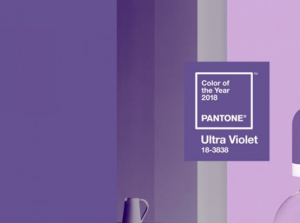
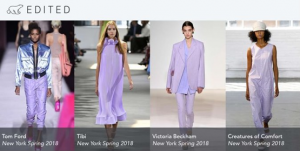
BRAND CONSISTENCY
This is about finding the balance of knowing who your customer is, what they like but keeping them interested in what you have to offer. You want them to come back to you because they understand what they are going to get but at the same time they think you will have something new that they will like. As much as you want to move with the times and be exciting you want to stagger and step change, so you don’t alienate the customer who comes back to you every season. Sometimes panic with poor sales can result in rushed decisions, for example you might have the vision of offering timeless pieces of work wear but suddenly sales dip and your direction suddenly move to fast fashion, you can by all mean consider more on trend pieces however this should be considered process whereby you don’t dismiss parts of your business that is working. Your brand will evolve, and it should however this have to be considered with research and planning.
To summarise fashion and retail is exciting, yet making your business profitable can be daunting, as a Buyer it’s a sum of a lot of parts but the key consideration for all areas of a business are these
5 takeaways
- Research– demographic psychographics, competition, sales history, aspirational
- Plan– know what you are doing, when you are doing it and why
- Engage– keeping talking to the customer that you have keep them involved
- Evolving– keep your customer excited make them have that feeling of excitement when they see your new collection or walk into your store, even if it’s a case of making a colour change or moving your shop floor around.
- Brand Consistency– Let your customer know that you are still there for them and you know what they like yet keeping the excitement.
All of these points will play into all areas of your business including marketing, PR, visual merchandising but they key take away is knowing who your customer is.
Buying for a customer is exciting however it comes down to profit and being able to survive in a saturated industry, by doing some ground work and making considered decisions it could minimise risks of not making those crucial sales. This is a continual process to ensure you keep in touch with your customer and most importantly generate sales.
Share this Post

